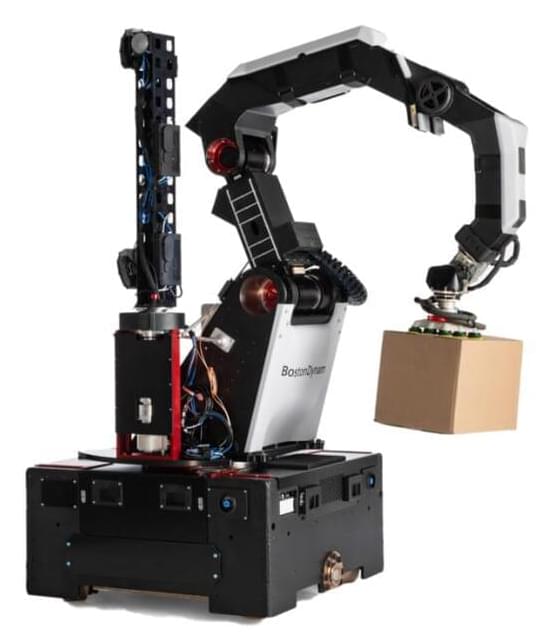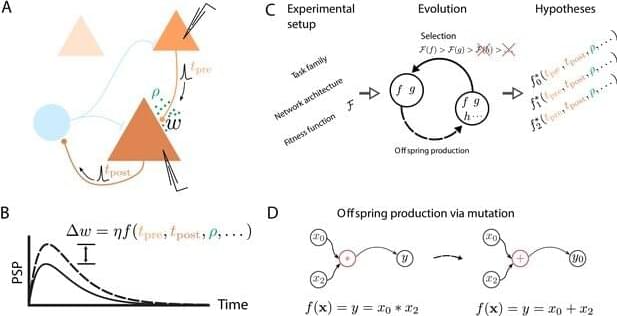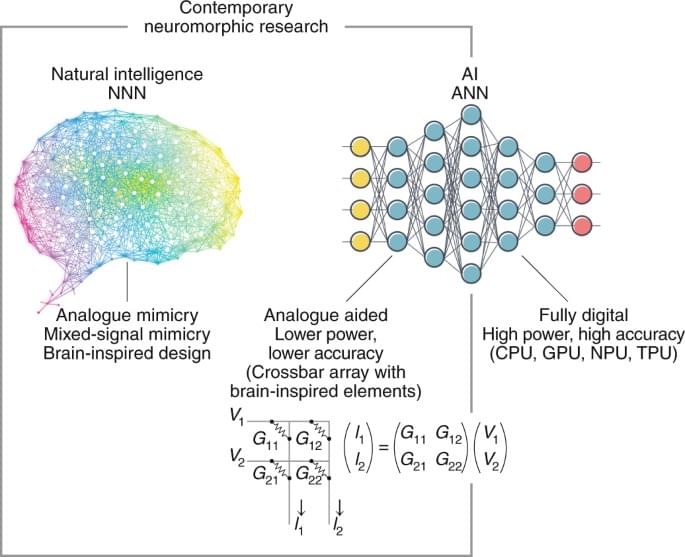That’s a lot of data.
OptiNAND HDDs store metadata in a flash cache which promises to deliver more performance, higher capacities and better reliability.


Apple has been talking for years about the role it wants to play in human health, led by the Apple Watch and its array of health-related features. With the Apple Watch maturing and Apple increasing its integration of health-focused hardware and software, several pieces of evidence suggest the company is positioning itself for an even bigger expansion in that direction.
According to trends compiled by Linkedin and seen by MacRumors, over the past year, Apple’s open job listings in health-related fields have increased by over 220%, with a significant portion of the increase coming in just the last several months. Apple’s health-focused hiring has been the fastest-growing segment for the company over the past year, followed most closely by sales and IT specialists, such as in cloud computing and security, according to the data.
South Korean transportation giant Hyundai has announced the creation of an advanced air mobility (AAM) company, Supernal LLC. The company will pursue the development of next-generation passenger electric vertical takeoff and landing (eVTOL) vehicles, and aims to conduct its first commercial flight in 2028.
“We’re developing a commercially viable Advanced Air Mobility product from the start, designing and manufacturing our vehicle to the highest safety, noise, efficiency, and affordability standards,” said Ben Diachun, Supernal’s chief technology officer. “Our growing team, which includes veterans of aerospace, automotive, and other deep-tech industries, is engineering sustainable vehicles that have the potential to evolve how we live, work, and play.”
US scientists have developed a new form of drug that promotes the regeneration of cells and reversed paralysis in mice with spinal injuries, allowing them to walk again within four weeks of treatment.
The research was published in the journal Science on Thursday, and the team of Northwestern University scientists behind it hope to approach the Food and Drug Administration (FDA) as early as next year to propose human trials.
“The aim of our research was to develop a translatable therapy that could be brought to the clinic to prevent individuals from becoming paralyzed after major trauma or disease,” Northwestern’s Samuel Stupp, who led the study, told AFP.
Engineering students have designed an autonomous robot that can find and open doors in 3D digital simulations. Now they’re building the hardware for an autonomous robot that not only can open its own doors but also can find the nearest electric wall outlet to recharge without human help.
One flaw in the notion that robots will take over the world is that the world is full of doors.
And doors are kryptonite to robots, said Ou Ma, an aerospace engineering professor at the University of Cincinnati.


Uncovering the mechanisms of learning via synaptic plasticity is a critical step towards understanding how our brains function and building truly intelligent, adaptive machines. Researchers from the University of Bern propose a new approach in which algorithms mimic biological evolution and learn efficiently through creative evolution.
Our brains are incredibly adaptive. Every day, we form new memories, acquire new knowledge, or refine existing skills. This stands in marked contrast to our current computers, which typically only perform pre-programmed actions. At the core of our adaptability lies synaptic plasticity. Synapses are the connection points between neurons, which can change in different ways depending on how they are used. This synaptic plasticity is an important research topic in neuroscience, as it is central to learning processes and memory. To better understand these brain processes and build adaptive machines, researchers in the fields of neuroscience and artificial intelligence (AI) are creating models for the mechanisms underlying these processes. Such models for learning and plasticity help to understand biological information processing and should also enable machines to learn faster.


This Perspective explores the potential of an approach to neuromorphic electronics in which the functional synaptic connectivity map of a mammalian neuronal network is copied using a silicon neuro-electronic interface and then pasted onto a high-density three-dimensional network of solid-state memories.

Nvidia’s Omniverse, billed as a “metaverse for engineers,” has grown to more than 700 companies and 70,000 individual creators that are working on projects to simulate digital twins that replicate real-world environments in a virtual space.
The Omniverse is Nvidia’s simulation and collaboration platform delivering the foundation of the metaverse, the universe of virtual worlds that are all interconnected, like in novels such as Snow Crash and Ready Player One. Omniverse is now moving from beta to general availability, and it has been extended to software ecosystems that put it within reach of 40 million 3D designers.
And today during Nvidia CEO Jensen Huang’s keynote at the Nvidia GTC online conference, Nvidia said it has added features such as Omniverse Replicator, which makes it easier to train AI deep learning neural networks, and Omniverse avatar, which makes it simple to create virtual characters that can be used in the Omniverse or other worlds.